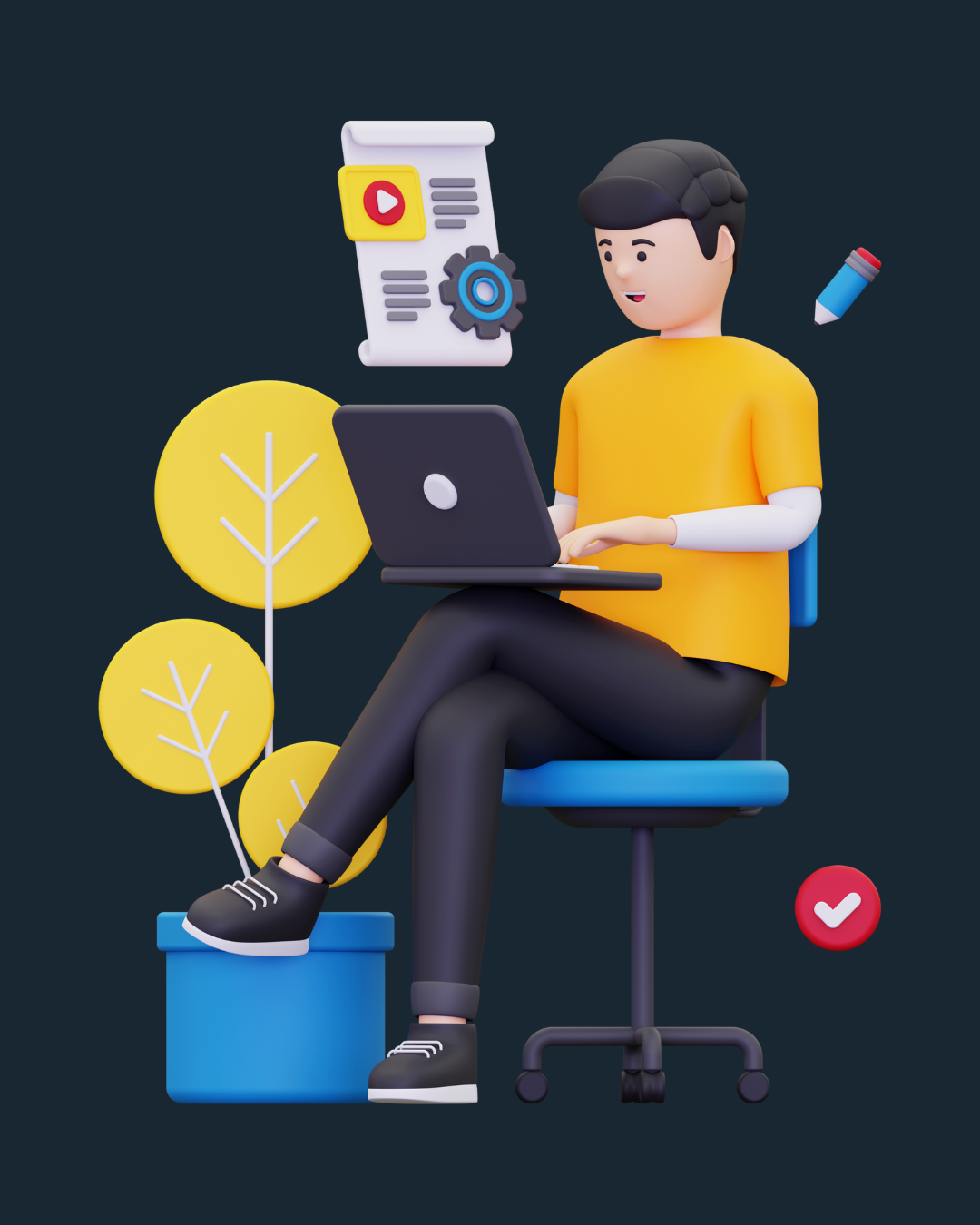Blog vs Collection Pages: Which Drives More Traffic?

Want to drive more traffic to your Shopify store? Start by understanding the difference between blog posts and collection pages.
- Blog Posts: Attract visitors with educational content, long-tail keywords, and regular updates. They're great for building trust and capturing broad audiences.
- Collection Pages: Focus on high-intent users ready to buy. They excel at converting traffic from product-specific searches.
Quick Comparison
| Page Type | Traffic Benefits | Best For |
|---|---|---|
| Blog Posts | Targets long-tail keywords, builds trust | Informational queries, brand storytelling |
| Collection Pages | Optimized for product-specific searches | Ready-to-buy users, product categories |
Both are essential for a balanced SEO strategy. Use blogs to inform and attract, and collection pages to convert visitors into buyers.
Blog Posts vs Collection Pages: Key Differences
Building on the overview above, let’s dive deeper into how blog posts and collection pages contribute to your store’s SEO in distinct ways.
Understanding their specific roles helps you maximize traffic and meet different user intents. While both are important for SEO, they serve unique purposes.
Blog Posts Explained
Blog posts are your go-to for driving organic traffic through long-tail keywords and educational content. They allow you to cover a variety of topics without overwhelming your site’s navigation.
Here’s how blog posts help with SEO:
- They show search engines that your content is regularly updated, signaling freshness.
- They target informational queries, bringing users in at the top of the sales funnel.
- They establish your authority in your niche with in-depth, well-researched content.
- They open up opportunities for internal links to your product pages.
The StoreBlog app simplifies this by generating SEO-friendly content tied to your store’s products and keywords.
While blog posts are great for building authority and attracting broad audiences, collection pages focus more on guiding high-intent users toward making a purchase.
Collection Pages Explained
Collection pages are the backbone of your store’s product organization. They go beyond simple category listings to play a key role in converting visitors into customers.
| Aspect | Function | SEO Impact |
|---|---|---|
| Organization | Groups related products | Strengthens site structure |
| Navigation | Improves user experience | Lowers bounce rates |
| Intent | Targets ready-to-buy users | Leads to higher conversions |
| Crawlability | Aids search engine indexing | Boosts product visibility |
As shown in the table, collection pages shine when it comes to conversion rates. They’re optimized for transactional queries, catering to users who are ready to buy. Google often ranks these pages highly for e-commerce sites because they provide a clear, comprehensive view of available products. Check out this page to know what users has to say about the impact of blogs and collection pages on your Shopify store.
The RankCollections app takes this a step further by creating optimized collection pages targeting high-intent keywords. It even schedules content for peak shopping times, so your products are front and center when customers are most active.
In short, blog posts attract and educate a broad audience, while collection pages focus on converting high-intent traffic into sales. Both are essential for a well-rounded SEO strategy.
How Collection Pages Drive Traffic
Collection pages are a powerful way to attract traffic by offering a clear layout and targeted product content. Their design and focus on products make them especially appealing to visitors ready to make a purchase.
Collection Pages in Search Results
Google often ranks collection pages highly for commercial searches. Research shows that top search results tend to capture a majority of clicks. Collection pages perform well for commercial keywords because they:
- Offer a clear overview of related products
- Provide detailed product information, including pricing
- Allow users to easily compare products within a category
Let’s dive into some practical SEO strategies to make these pages even more effective.
Collection Page SEO Tips
To get the most out of your collection pages, apply these proven SEO strategies:
| Optimization Area | Best Practice | Impact |
|---|---|---|
| Title Tags | Use the target keyword at the beginning and keep it under 55 characters | Better click-through rates |
| Meta Descriptions | Include a call-to-action and focus keywords | Drives more organic traffic |
| Content Structure | Add a short intro above the products and detailed content below | Improves user experience |
| Product Grid | Use H3 tags for product titles and display ratings and prices | Increases visibility |
| Technical SEO | Add canonical tags for faceted navigation | Prevents duplicate content |
These steps help capture more organic traffic. Adding an FAQ section and internal links can further improve SEO and drive conversions.
Introducing RankCollections : The Best Collection Generator App
RankCollections builds on these SEO techniques with tools designed to improve your collection page strategy. Features include:
- Competitor analysis to identify ranking opportunities
- SEO-friendly collection titles and descriptions
- Scheduling tools for publishing content at peak times
- Performance metrics tracking
- Grouping products based on market trends
The app also ensures technical details are optimized, such as compressing images (under 20MB) and maintaining dimensions (2048 x 2048 pixels). These adjustments improve search rankings and enhance the user experience. Learn about more collection optimization tips from this page.
How Blog Posts Drive Traffic
Blog posts are a powerful tool for online stores to attract more visitors by addressing specific search queries and solving customer problems. Unlike collection pages that focus on showcasing products, blogs allow you to dive deeper into topics that matter to your audience.
Blogs as Traffic Boosters
Blogs help generate organic traffic by answering customer questions and aligning with search intent. Did you know that 68% of online experiences start with a search engine? Well-optimized blog posts can improve your store's visibility by matching these searches.
| Traffic Driver | SEO Impact | Customer Benefit |
|---|---|---|
| Long-tail Keywords | Targets precise search queries | Delivers relevant search results |
| Educational Content | Builds authority on key topics | Provides helpful answers |
| Regular Updates | Signals activity to search engines | Offers fresh content |
| Internal Linking | Enhances site structure | Simplifies navigation to products |
Why Regular Blogging Matters
Posting consistently creates a snowball effect for SEO. Research shows that it takes three to six months for a blog post to rank on Google. To make the most of your blogging efforts, focus on:
- Content Quality: Write posts that genuinely solve customer problems.
- Keyword Optimization: Center each post around a primary keyword.
- Strategic Placement: Use keywords in titles, headers, and opening lines.
- Mobile-Friendly Design: Ensure your content looks great on any device.
- Internal Links: Connect blogs to relevant product pages for easier navigation.
Tools like StoreBlog simplify this process, making it easier to publish impactful content regularly.
Introducing StoreBlog : The Best SEO Blog Generator App for Shopify Merchants

StoreBlog uses AI-driven tools to take the hassle out of blogging. Its features address common challenges and help you create optimized content effortlessly:
| Feature | What It Does | Traffic Impact |
|---|---|---|
| One-Click SEO Articles | Speeds up content creation | Keeps a steady flow of posts |
| Multi-language Support | Reaches global audiences | Expands your market reach |
| Topic Suggestions | Spots new ranking opportunities | Boosts search visibility |
| Performance Analytics | Tracks engagement and success | Guides data-based improvements |
"Keywords are the foundation for SEO blog writing. When executed correctly, you'll attract the right prospects, at the right time, and further nurture them down the sales funnel." – CallTrackingMetrics
Traffic Results: Blogs vs Collections
Data shows that blog posts are great for driving organic traffic through long-tail keywords and generating leads, while collection pages shine at converting users searching for specific products.
Comparison at a Glance
| Metric | Blog Posts | Collection Pages |
|---|---|---|
| Organic Source | 53% from organic search | Optimized for product-specific keywords |
| Lead Generation | 3x more leads than paid search | Higher conversion rates |
| Mobile Performance | 63% of organic visits | Direct path to purchase |
| Ranking Potential | Long-tail keywords | Product-specific terms |
| User Intent | Informational queries | Transactional searches |
This breakdown highlights how each page type serves different purposes.
Best Uses for Each Page Type
Collection Pages Work Best For:
- Product category searches
- Price comparison queries
- Local buying intent
Blog Posts Work Best For:
- Educational content
- Problem-solving articles
- Industry news
- Expert advice
- Brand storytelling
Each type has its strengths, and using both strategically can create a well-rounded traffic plan.
Using Both Page Types Together
To maximize results, combine the strengths of blog posts and collection pages. Tools like StoreBlog and RankCollections can help you integrate these strategies effectively:
- Write blog posts targeting secondary keywords and link them to relevant collection pages.
- Add featured sections in collection pages that highlight related blog content.
- Use GA4 funnels to track users who move from blog posts to collection pages.
- Build topical authority by covering your niche thoroughly.
"Google's automated ranking systems are designed to present helpful, reliable information that's primarily created to benefit people, not to gain search engine rankings, in the top Search results" - Google [11]
Next Steps for Store Owners
To grow your Shopify store, focus on two key areas: improving collection pages and refining your blog strategy. These two elements work together to boost traffic and engagement.
Key Takeaways
Collection Page Optimization:
- Use target keywords in collection titles and URLs.
- Add FAQs and customer reviews to build trust and improve visibility.
- Keep product counts balanced for better navigation.
- Highlight your best-selling products.
Blog Strategy Tips:
- Write educational content targeting long-tail keywords.
- Create posts tailored to every stage of the buyer's journey.
- Link blogs to relevant collections to encourage exploration.
- Track how readers engage and measure conversion rates.
Now it’s time to put these strategies into action with our tools.
Get Started with Our Apps
Make implementation easier by using these Shopify apps:
**StoreBlog:** This app simplifies blog management with features like:
- SEO-friendly blog creation with built-in analytics.
- Automated keyword optimization.
- Smart scheduling for consistent posting.
- Tools to track performance and engagement.
RankCollections: Enhance your collection pages with this app’s capabilities:
- AI-driven optimization for better rankings.
- Insights into market trends.
- Publishing timed for peak shopping hours.
- Performance tracking to measure success.
"Having great content that no one sees is like having a beautiful Porsche that never leaves the garage. Whether you are targeting consumers in the awareness, consideration, or conversion stage, getting customers to your blog is key." - Jodie Booras, PACIFIC Digital Group
Using these tools together can make a big difference. For instance, B2C companies often see 20,940 monthly pageviews, while optimized collection pages achieve view-through rates above 40%. Start by focusing on your top 5-10 collections, which usually account for over half of collection views, and gradually expand your efforts.
These solutions are designed to help you grow both organic traffic and conversions, driving success for your Shopify store.





